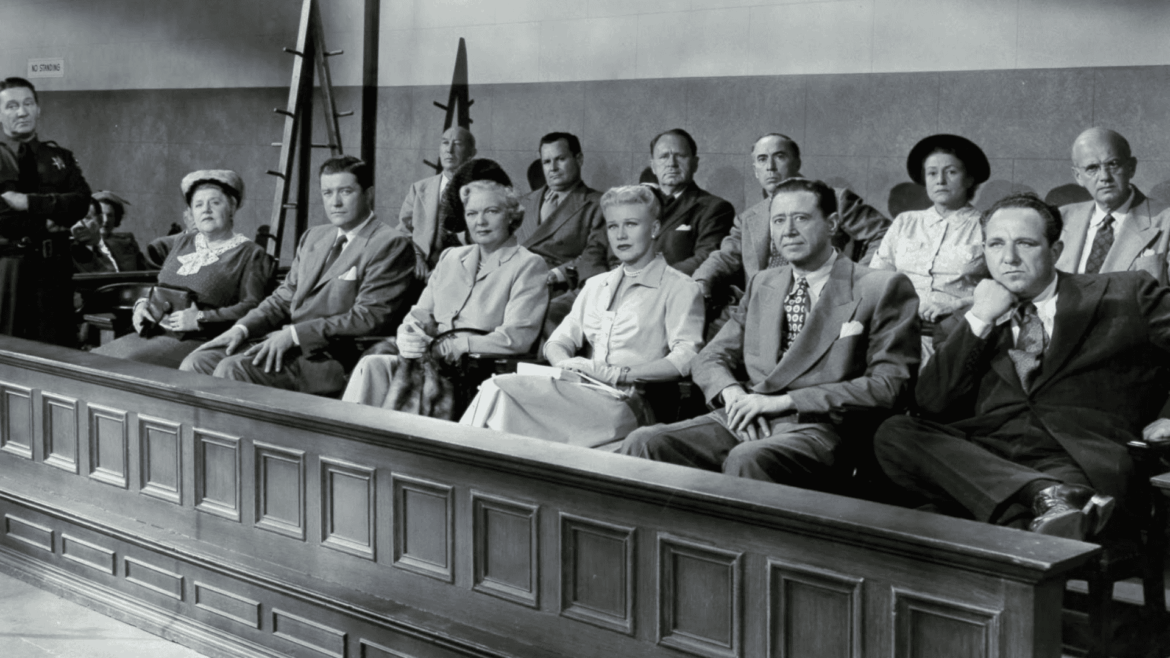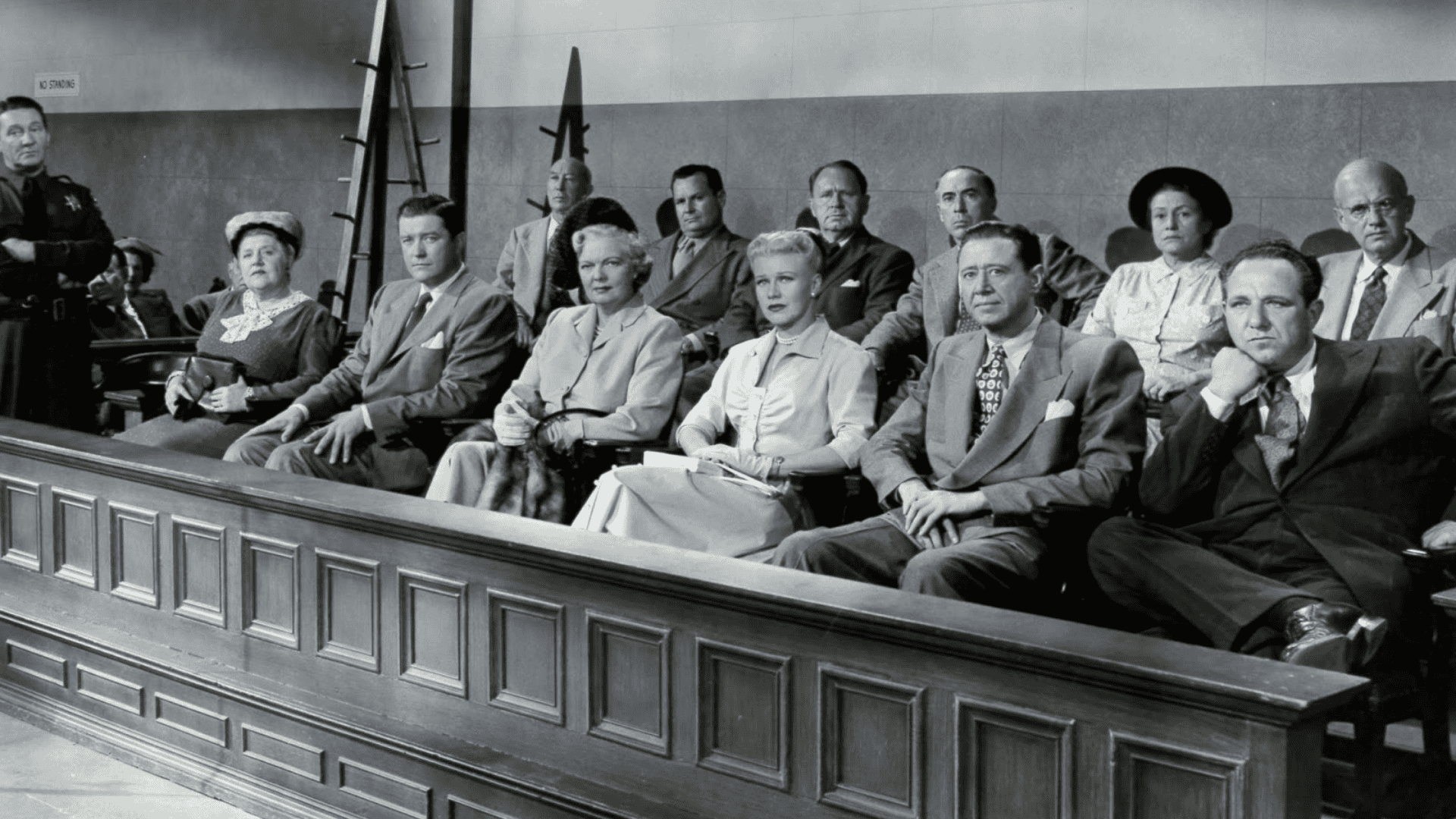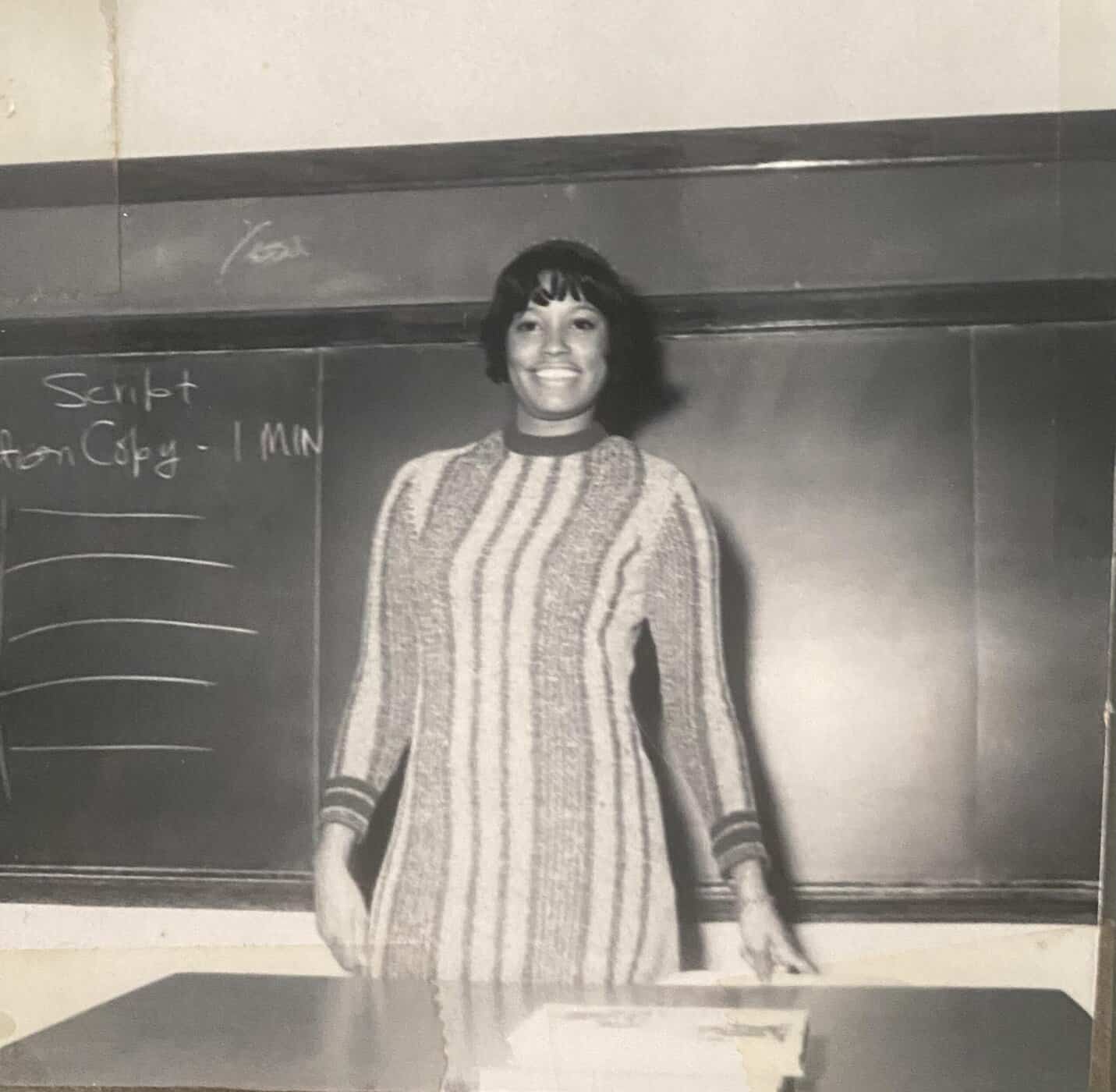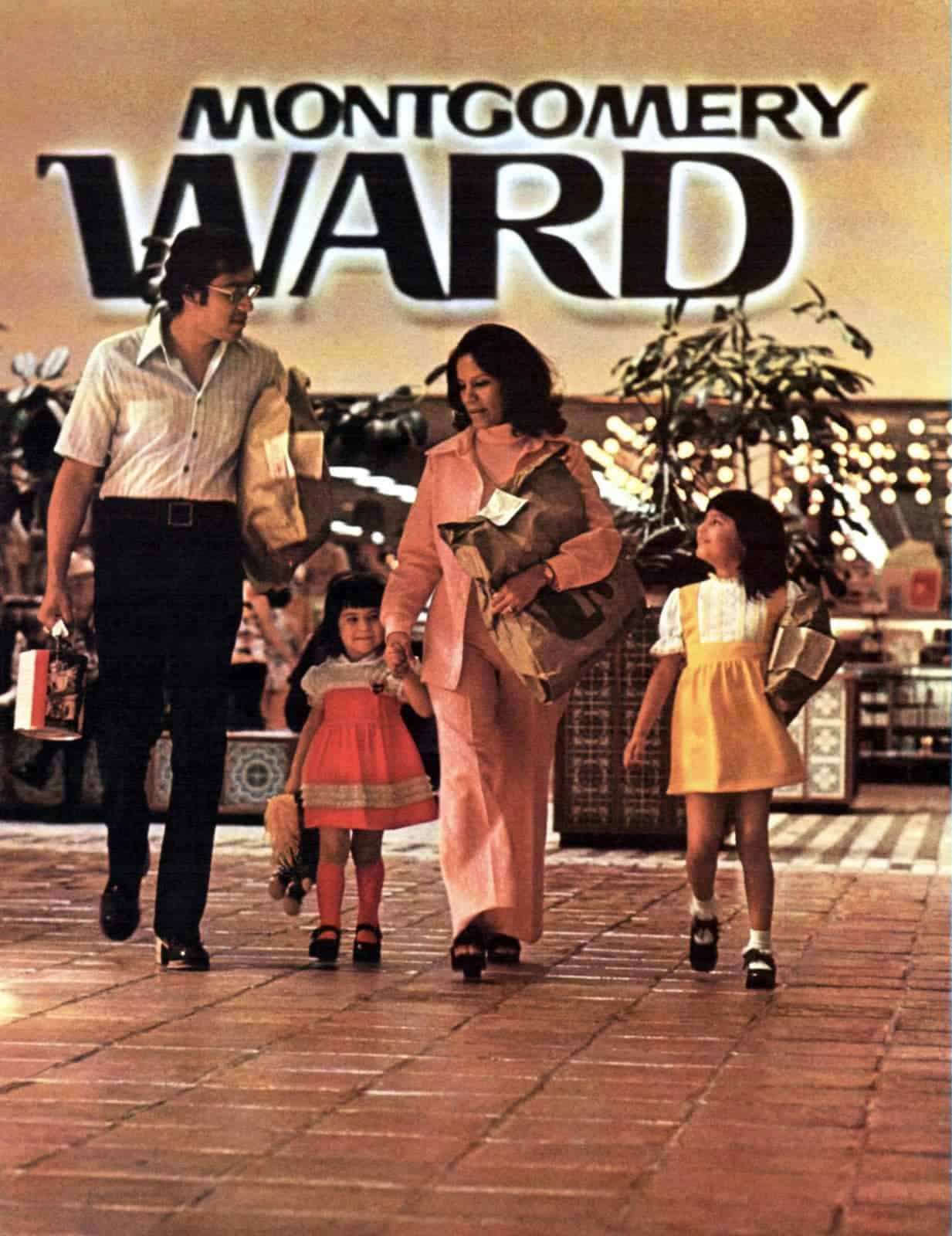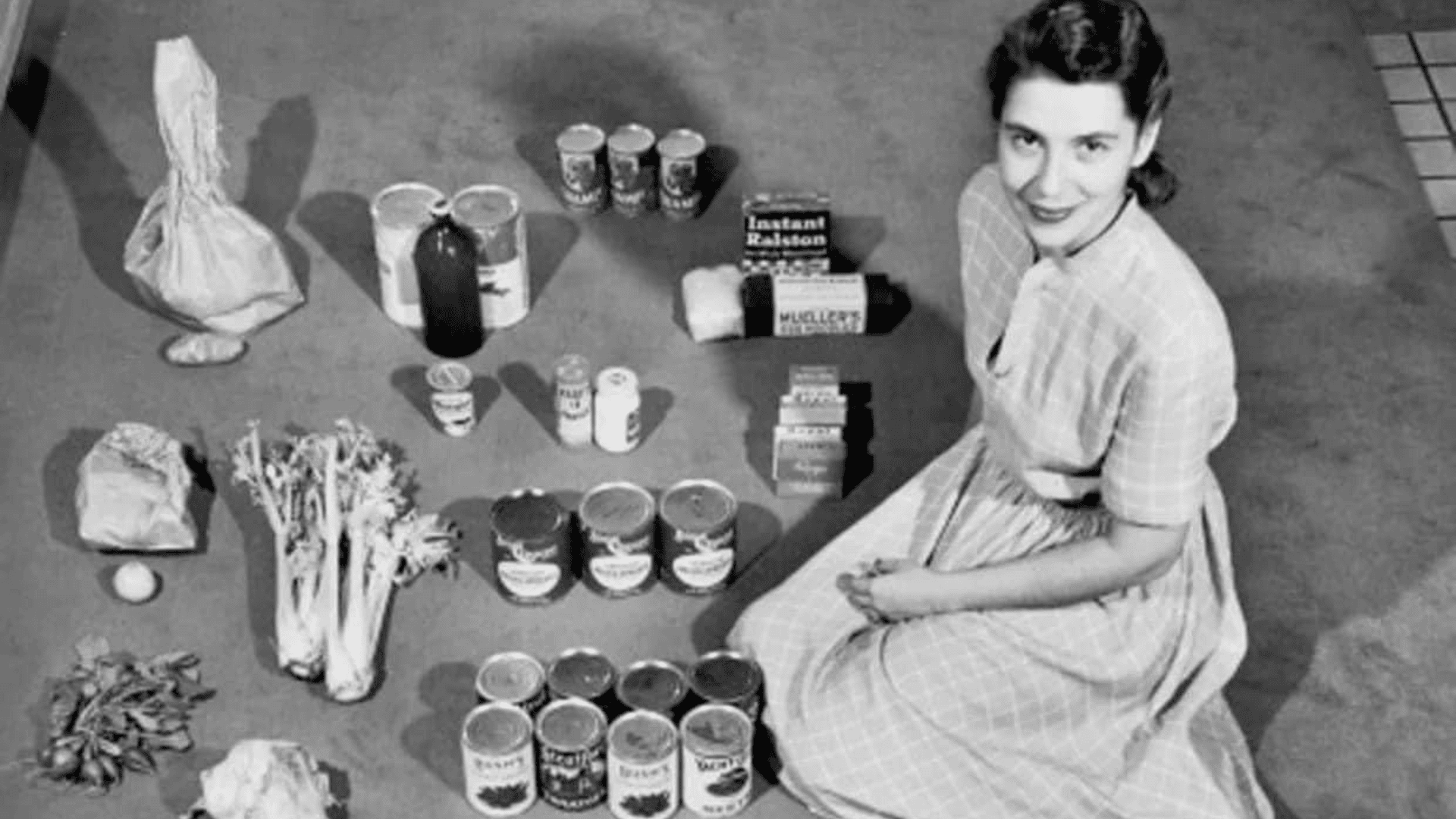Today, being a woman is not easy, but having equal rights, pay, and opportunities as men makes it a bit easier, especially if you compare it to the lives of women 65 years ago.
Our grandmothers and mothers could not do many of the things women are free to do today. It may be shocking, but it is proof of how the times have changed.
While it is still a process, women’s rights activists have accomplished a lot in recent decades. Here are some common things women couldn’t do 65 years ago.
1. Opening a Credit Card Without a Husband’s Signature

NostalgiaVibe
Picture going to the bank in the 1960s and being told, “Sorry, we need your husband’s signature on this.” That was the case for most women who sought their own credit cards.
People questioned their financial independence even though women worked full-time. Banks thought women were “risky” because they thought that being married or having kids would make it hard for them to make their payments.
Women could now create accounts in their own names without a male cosigner after the Equal Credit Opportunity Act of 1974. It’s hard to believe now, but back then, a man had to give his approval for someone to be free with their money.
2. Serving on a Jury in Many States
It might seem like a pain to serve on a jury now, but in the 1960s, women weren’t even allowed to do it. People thought that women were “too delicate” to hear about crimes or make important legal choices.
In certain areas, women could technically serve, but only if they signed up ahead of time, which most women didn’t even realize was a possibility.
This kept juries mostly male, which made people think that only men could bring about justice. It wasn’t until the 1970s that the Supreme Court said women couldn’t be left out, which made courtrooms a little more fair.
3. Keeping a Job After Getting Married
The “marriage bar” was a rule in schools, offices, and even airlines that made women leave their occupations when they were married. The idea was straightforward and sexist: a wife should stay at home.
Women who worked as teachers, secretaries, or flight attendants were taught they couldn’t have both a job and a marriage.
The rule for airlines was even stricter: women had to quit by age 32, whether they were married or not, because being young and beautiful was seen as part of the job. It’s surprising to think that saying “I do” may end a career.
4. Buying Birth Control Without Judgment (or a Fight)
Until the late 1960s, getting birth control was very hard. In several states, it was against the law for unmarried women to acquire the pill. Sometimes, even married women had to jump through hoops.
Doctors could refuse to write prescriptions, and pharmacists would very frequently yell at them. The Supreme Court’s Griswold v. Connecticut ruling in 1965 made birth control permissible for married couples, but it wasn’t until 1972 that single women were able to use it as well.
It’s hard to believe that birth control was once a luxury that was not allowed. It’s easy and common to go to the drugstore and get a prescription today.
5. Applying to Certain Colleges or Careers
For many years, higher education and top-tier careers were often out of reach for women. Schools like Yale and Princeton didn’t admit women until 1969, and Harvard only fully integrated Radcliffe in the 1970s.
When it came to careers, women were frequently guided toward teaching, nursing, or clerical work, with many law firms, medical schools, and engineering programs having barriers that kept women out.
“Women’s work” was seen as supportive rather than leadership-focused. Even talented female students were sometimes discouraged from pursuing demanding professions. The idea of women as CEOs, lawyers, or doctors was quite rare, not a common expectation.
6. Getting Equal Pay (or Even Close)
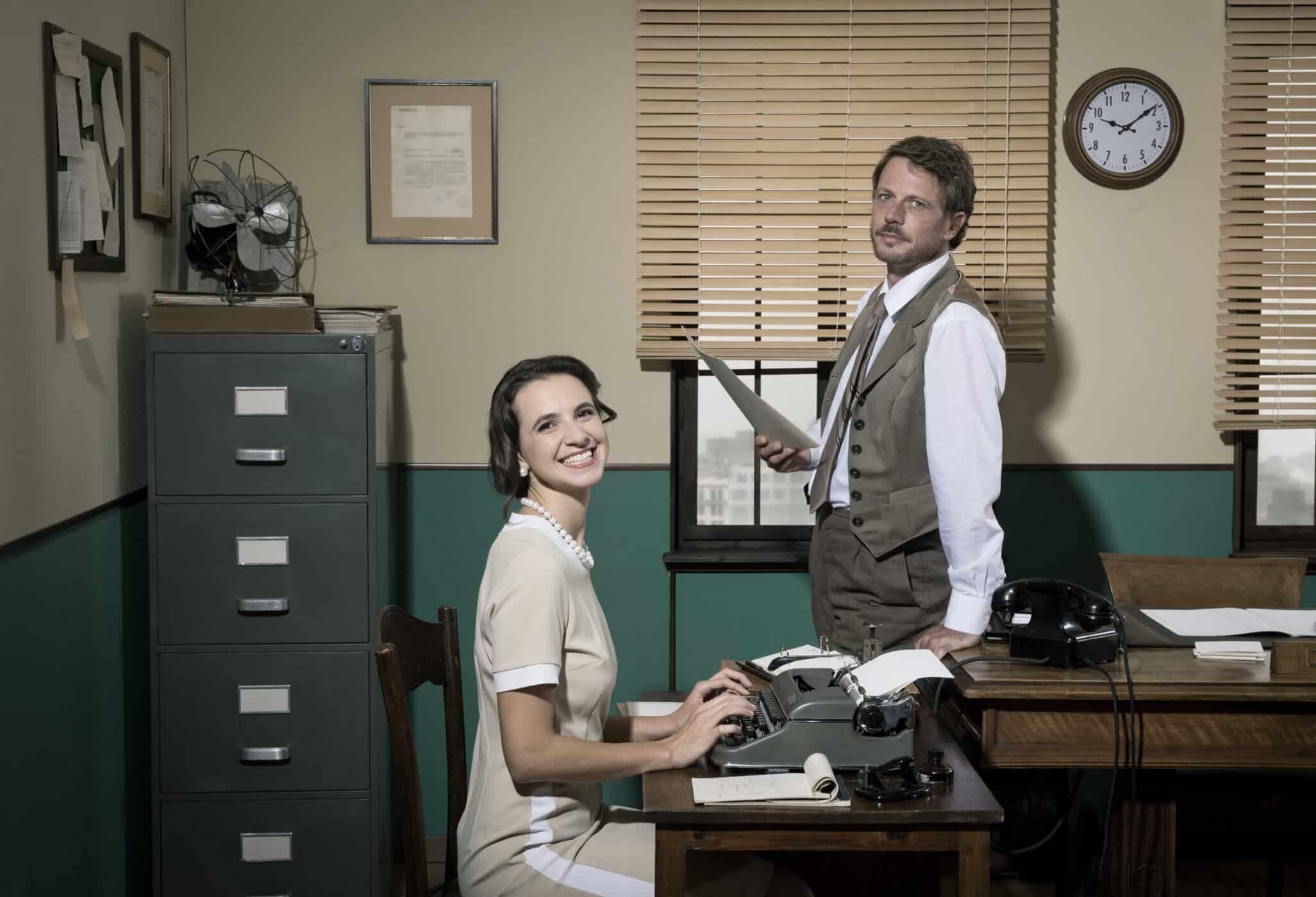
shutterstock
The wage gap wasn’t just something people didn’t talk about; it was built into pay scales. Women were often paid less for the same labor, and employers didn’t try to hide it.
The Equal Pay Act of 1963 tried to fix the problem, but it didn’t work since there were holes in it. Employers said that “different responsibilities” or “experience levels” were good reasons to pay less, even when they weren’t.
For a lot of women, the concept of campaigning for equal pay was scary because jobs were hard to come by, and making certain moves could mean losing their work. Things have gotten better since then, but the war hasn’t ended yet.
7. Getting a Mortgage or Buying Property Alone

shutterstock
In the 1960s, it was extremely difficult for a single woman to own a house. Banks and lenders wanted a man to sign the loan, generally a husband, father, or sibling.
Women who were divorced and had regular jobs were nevertheless seen as “unreliable” recruits. People thought that women couldn’t handle money matters on their own without a man watching over them.
Women didn’t get the right to apply for mortgages on their own until the 1970s, when federal housing regulations changed. It’s hard to believe how recent this revolution was. Women couldn’t own property on their own, even less than a lifetime ago.
8. Having a Say in Everyday Decisions
There was also the everyday reality of being dismissed for minor things, in addition to the larger things like credit and jobs.
People typically thought that a woman’s opinions on things like politics, family finances, or even what car to buy were less important than her husband’s.
In a lot of homes, men were the ones who made the final choice on both big and minor things. Back then, magazines and advice columns even told women not to be “too assertive” to keep the peace at home.
It was apparent what society expected: women could give advice, but men made the final choice. The silent removal of agency may be the most disturbing of all, since it affects every part of daily life.
